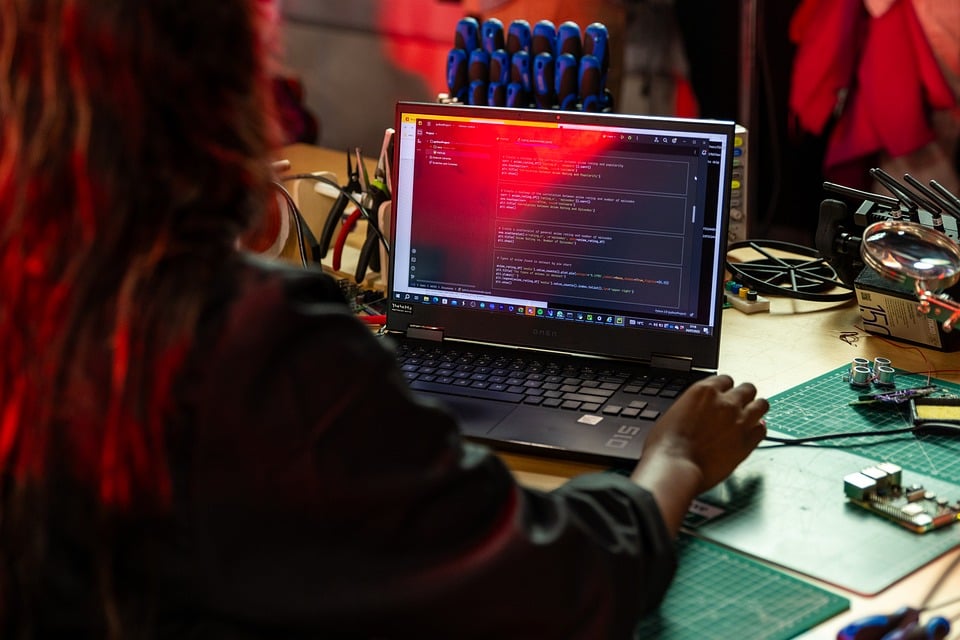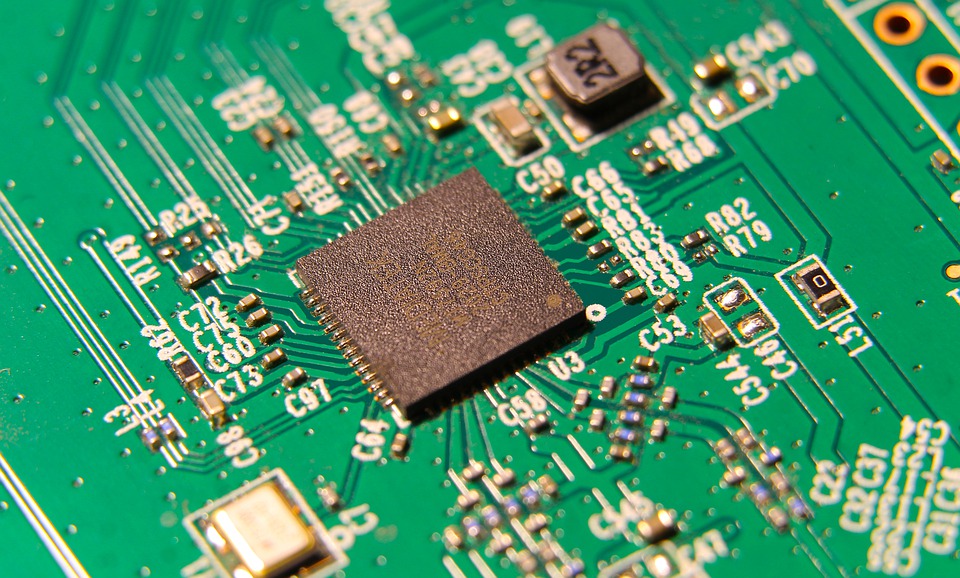Smart devices have become an integral part of our daily lives, from smartphones and tablets to smart speakers and smart thermostats. These devices are connected to the internet and are capable of collecting and exchanging data, making them highly versatile tools for enhancing productivity and convenience. However, the true potential of smart devices lies not just in their individual capabilities, but in their ability to work together to create a seamless and interconnected ecosystem of devices that can revolutionize the way we live and work.
One of the key benefits of smart devices is their ability to automate tasks and streamline processes. For example, smart thermostats can learn your schedule and adjust the temperature in your home accordingly, saving energy and ensuring your comfort. Smart speakers can integrate with other devices in your home to control lights, locks, and appliances, all with simple voice commands. In the workplace, smart devices can automate routine tasks, monitor equipment performance, and provide real-time data analysis to improve efficiency and decision-making.
Another important aspect of smart devices is their ability to gather and analyze data. By collecting data from sensors, cameras, and other sources, smart devices can provide valuable insights into user behavior, preferences, and trends. This data can be used to personalize experiences, optimize processes, and even predict future outcomes. For businesses, this data can be a goldmine of information that can drive innovation, improve customer satisfaction, and increase profitability.
The next wave of innovation in smart devices will come from their ability to work together in a cohesive ecosystem. This means that devices from different manufacturers and with different functions will be able to communicate and collaborate seamlessly, creating a truly interconnected network of devices that can share data and resources to achieve common goals. For example, a smart home security system could work with a smart doorbell to automatically open the door for approved visitors, or a smart car could communicate with traffic signals to optimize your route based on real-time traffic conditions.
To unlock the full potential of smart devices, it will be crucial for manufacturers to prioritize interoperability and standardization. This means developing open-source protocols and platforms that allow devices to communicate with each other regardless of brand or type. It also means designing devices with security and privacy in mind, to ensure that data is protected and used responsibly.
As smart devices continue to evolve and become more integrated into our lives, the possibilities for innovation are endless. By unlocking their potential and creating a seamless ecosystem of interconnected devices, we can usher in a new era of convenience, efficiency, and personalized experiences. The next wave of innovation in smart devices is just beginning, and the possibilities are limitless.




